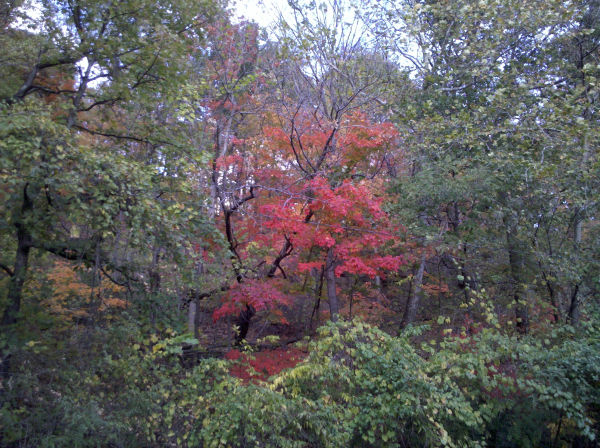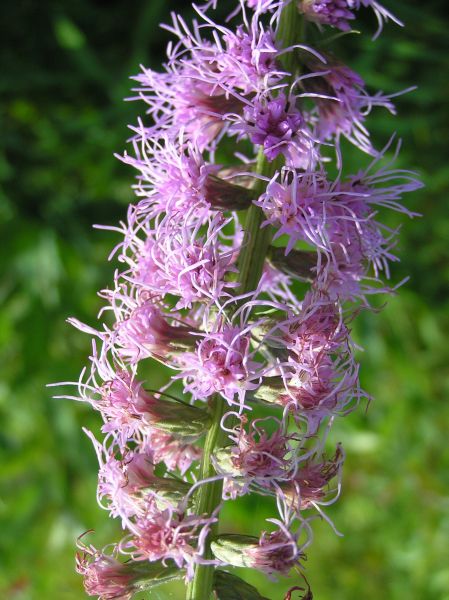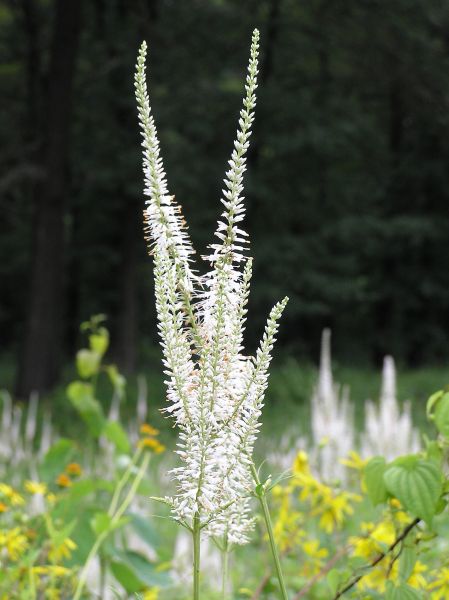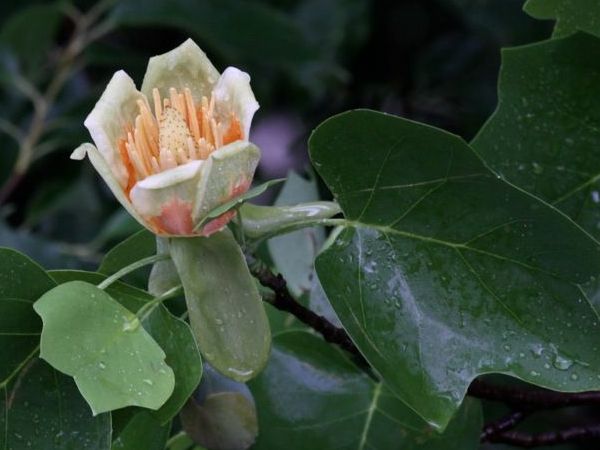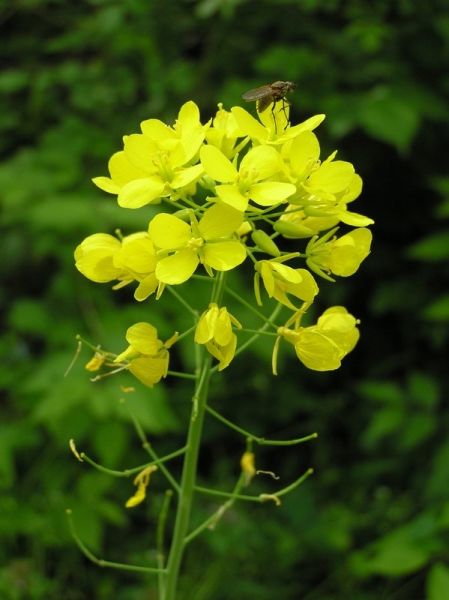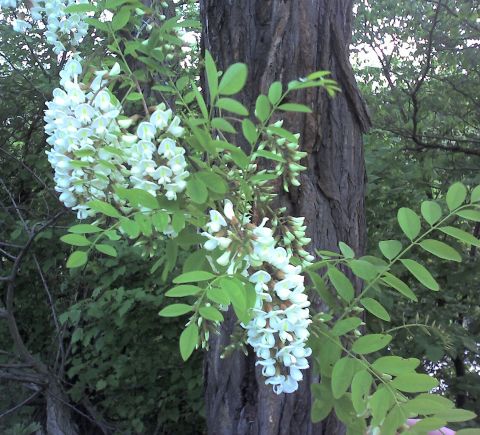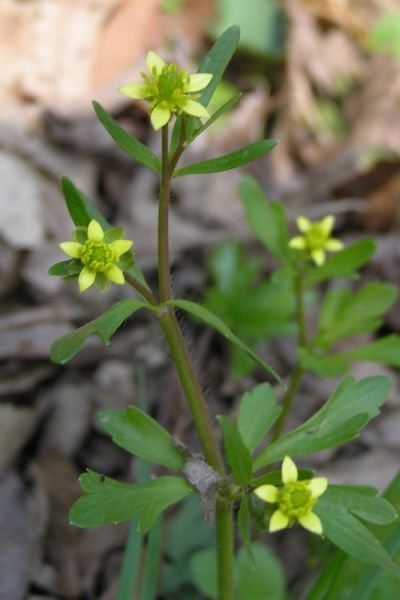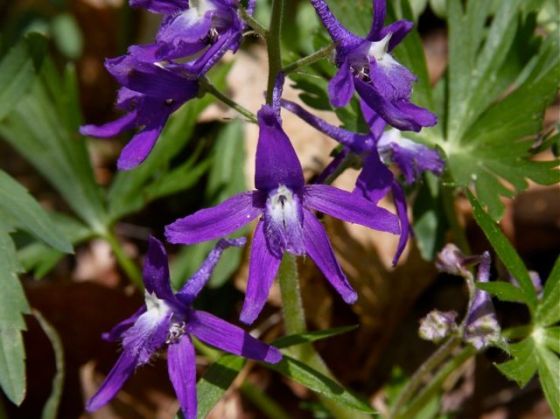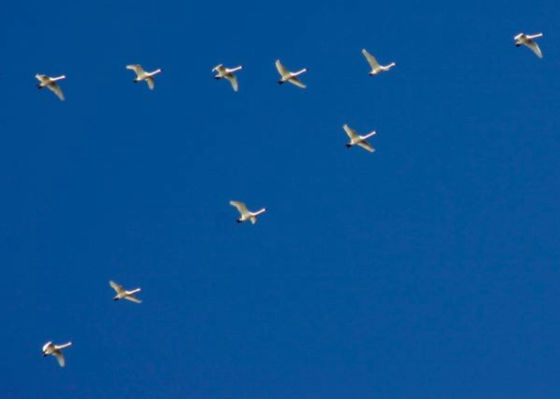
Yesterday morning was cloudy, cold and blustery. As I waited at the busstop hundreds of grackles flew south over Greenfield. Perhaps they were leaving the roost. Perhaps they were leaving town.
In only two days it will be November. The variety of birds is dropping though the number of crows, robins and starlings is growing.
Soon the north will freeze and migrating ducks and swans will stopover on Pennsylvania’s lakes.
Yesterday Karen DeSantis reported a flock of tundra swans over Westmoreland County, the first this fall. I can hardly wait to see a V of swans myself.
What else will we see in November?
There’s a list on my phenology blog “What to Look For in Early November” and at Chuck Tague’s “Welcome to the Dark Side.”
(photo of migrating tundra swans by Chuck Tague)
